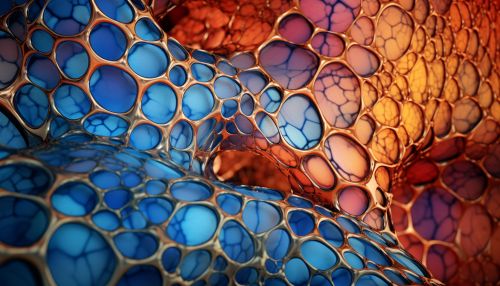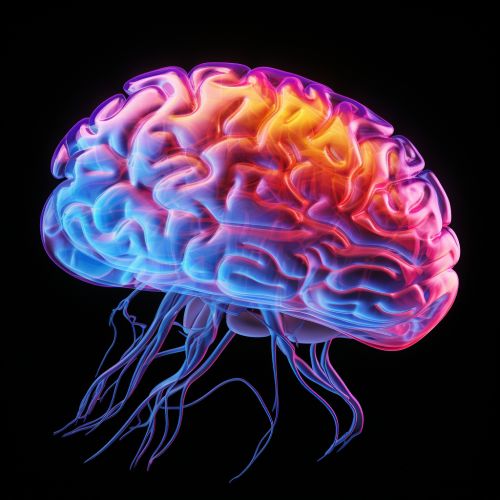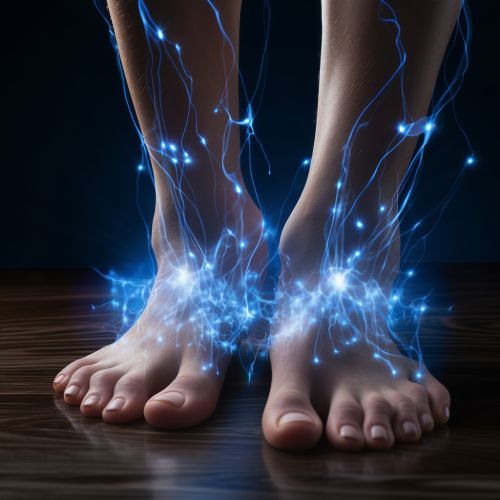The Science of Human Somatosensation
Introduction
The science of human somatosensation refers to the body's ability to sense touch, temperature, body position, and pain. This complex system is an integral part of human physiology, enabling individuals to interact with their environment and respond to physical stimuli.
Anatomy of the Somatosensory System
The somatosensory system is a diverse sensory system composed of the receptors and processing centers to produce the sensory modalities such as touch, temperature, proprioception (body position), and nociception (pain). The sensory receptors cover the skin and epithelia, skeletal muscles, bones and joints, internal organs, and the cardiovascular system.
Skin Receptors
The skin, the body's largest organ, is richly populated with a variety of sensory receptors, each designed to respond to different types of stimuli. These include mechanoreceptors, thermoreceptors, and nociceptors.


Mechanoreceptors respond to mechanical pressure or distortion. They are located in the skin and mucous membranes, and they are responsible for sensations such as touch and pressure. Thermoreceptors, as the name suggests, are sensitive to changes in temperature. Nociceptors respond to potentially damaging stimuli by sending signals to the brain that result in the perception of pain.
Central Processing
The central processing of somatosensory information involves complex pathways within the central nervous system. Information from the sensory receptors is transmitted via peripheral nerves to the spinal cord, and then to the brain for interpretation.


Physiology of Somatosensation
The process of somatosensation begins with the activation of sensory receptors by specific stimuli. This activation leads to the generation of electrical signals, which are then transmitted to the central nervous system.
Transduction
Transduction is the process by which physical stimuli are converted into electrical signals. This process is carried out by the sensory receptors, which generate electrical potentials in response to specific types of stimuli.
Transmission
Once transduced, the electrical signals are transmitted along sensory neurons to the central nervous system. This transmission is facilitated by the process of action potential propagation.
Perception
The final stage of somatosensation is the perception of the sensory information by the brain. This involves the integration and interpretation of the incoming signals by the brain's sensory processing areas.
Clinical Significance
Disorders of somatosensation can have a significant impact on an individual's quality of life. These can range from conditions such as neuropathy, which involves damage to the peripheral nerves, to more complex neurological conditions such as multiple sclerosis.


Future Research
Research into the science of human somatosensation continues to be a vibrant field. This research is not only increasing our understanding of this complex system but is also leading to the development of new treatments for disorders of somatosensation.
